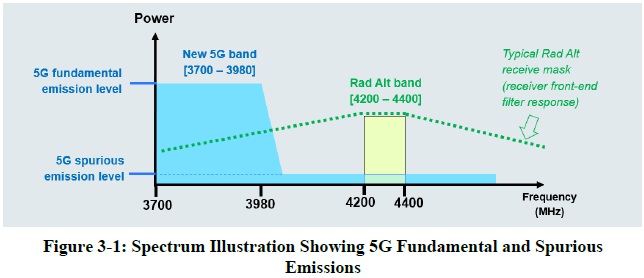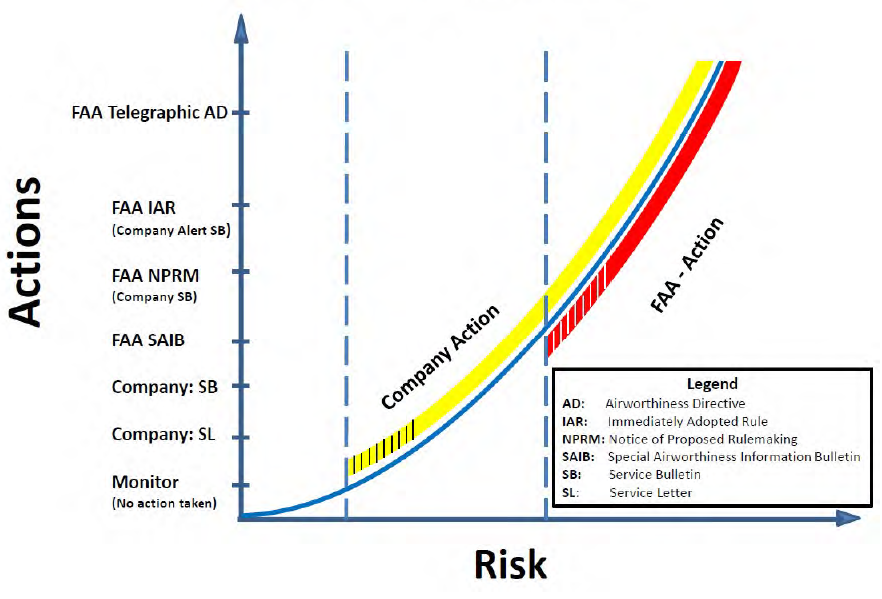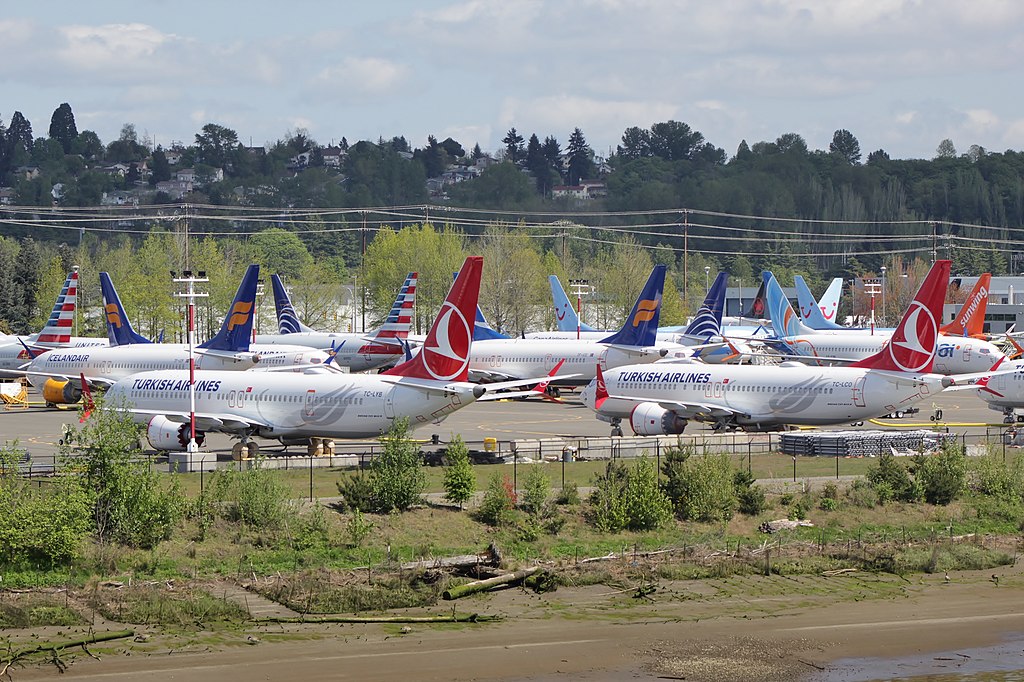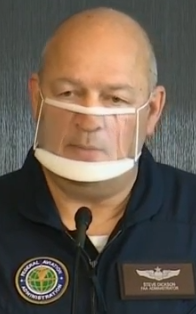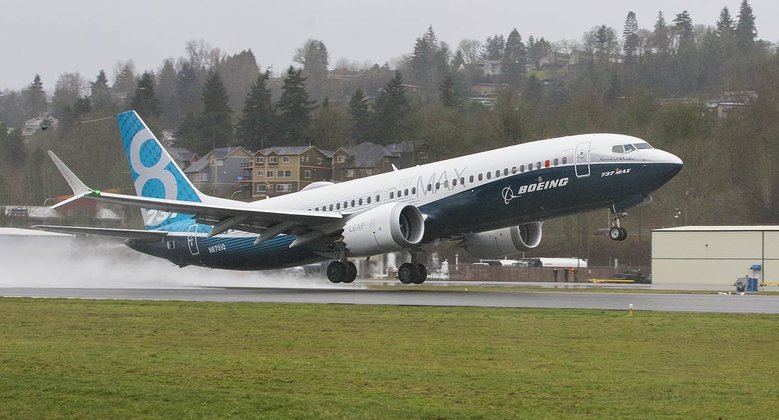Leeham News and Analysis
There's more to real news than a news release.
Fixing the fix: the Aircraft Certification, Safety Act
Last in a series of four articles
Subscription Required
By the Leeham News Team
Commentary
April 24, 2023, © Leeham News: Congress missed the boat authoring the Aircraft Certification, Safety and Accountability Act (the Act) because it felt that more regulations equals more safety. But the current Harvard Business Review notes that “Activity is not a measurable metric of success.” We think that additional layers of regulatory requirements are not necessarily additional layers of security.
Understanding that Congress was a bit wide of the mark, here are some of the changes we would implement if we were asked for our recommendations.
MCAS, The Aircraft Certification Act and the unintended consequences of Congressional Intervention
First in a Series of Articles
Subscription Required
By the Leeham News team
March 30, 2023, © Leeham News: Boeing is suffering delays getting the 737-7, 737-10, and 777X certifications completed.
Airbus delayed the certification of the A321XLR over the design of its integral fuel tank. Boeing has gotten the brunt of the blame for its delays, a stance not without some merit. Airbus is fully responsible for the design and integration of the XLR fuel tank. But, unlike Boeing, less has been said about the certification delays of the XLR than the Boeing aircraft.
These delays may not be completely the fault of the manufacturers.
A brief history. We know that two 737 MAXes were lost due to the Maneuvering Characteristics Augmentation System (MCAS) overpowering the flight crew’s ability to hand fly the airplane, although there were contributing factors. Congress got involved and demanded that the industry refocus on the safety of the flying public. The end result was the creation and passage of the Aircraft Certification, Safety and Accountability Act (ACSAA). This legislation mandated changes to how the Federal Aviation Administration oversees the manufacture of Transport Category Aircraft and set timelines for implementation.
We also need to remember that the industry is much larger than Boeing and Airbus. All manufacturers from those building agricultural aircraft and piston-powered helicopters and bizjets all the way through to Large Tier 1 subcontractors such as Spirit Aerospace and avionics manufacturers must respond to these changes. The Act affects everybody.
The addition of EICAS
We have seen references to the act and how it set a timeline for a monitoring program called Engine Indicating and Crew Alerting System, or EICAS, and its implementation. A deadline of last December was included in the ACSAA, adopted two years before. The inclusion of EICAS was adopted on the assumption Boeing would certify the MAX 7 and MAX 10 before the deadline. Exempting these two MAXes at the time was approved because the MAX 8 and MAX 9 were already certified without EICAS, and cockpit commonality was considered important among the four types.
But Boeing was unable to complete certification of the MAX 7 and MAX 10 in time. Steeped in controversy, Congress in January continued the exemption to September this year.
Certification by the deadline of the MAX 10, the last in the family, was always deemed a challenge because the -10 hadn’t entered flight testing at the time of the legislation’s approval. But the MAX 7 was well into its flight testing. People couldn’t understand why Boeing was unable to certify the MAX 7 before the end of last year.
An analysis by LNA lifts the veil on this mystery.
US 5G roll out ignores concerns for Air Transport safety
By Bjorn Fehrm
January 18, 2022, ©. Leeham News: Despite year-long protests from the World’s airlines and the FAA, the FCC (Federal Communications Commission) allows Verizon and ATT to roll out 5G base stations underneath the approach paths of landing aircraft in the US.
In 2020 the RTCA (Radio Technical Commission for Aeronautics) did tests that established the risk of 5G Base stations affecting the critical Radio Altimeters needed for bad weather landings as real.
After FAA issues a 2021 December 23 AD (Airworthiness Directive) about the danger, airlines must now decide what flights must be canceled during bad weather spells on affected airports.
Bjorn’s Corner: The challenges of airliner development. Part 25. Safety monitoring and reporting
October 15, 2021, ©. Leeham News: Last week, we introduced the activities around Continued Airworthiness that we have to do during development and flight testing of our aircraft.
As described, the majority of accidents for aircraft are attributed to failings in Continued Airworthiness and Operations rather than design. We listed Continued Operational Safety, Operational Preparedness, and Service Readiness as the three important areas for Continued Airworthiness.
We dive into Continued Operational Safety first, specifically Safety Monitoring and Reporting.
Senate report reveals FAA retaliation, hostile culture
Subscription Required
By Scott Hamilton
Introduction
Dec. 21, 2020, © Leeham News: The US Senate Commerce, Science and Transportation Committee Friday issued a damning report taking Boeing and the Federal Aviation Administration to task.
A 20-month investigation began in the wake of the two Boeing 737 MAX crashes in October 2018 and March 2019.
The report concluded Boeing inappropriately coached the FAA pilots during recertification simulator training to test fixes to the now-infamous MCAS system.
Details were widely reported last week.
More troubling is the larger picture painted by the Committee of an FAA for years ignoring several US airlines’ safety violations and attempts by FAA inspectors to enforce safety regulations.
Whistleblowers were subject to retaliation, Committee investigators found. The FAA and its parent agency, the Department of Transportation, refused to make FAA employees available for interviews and stonewalled when documents were requested.
The bigger picture of an agency that protects airlines more than the public raises questions of a culture that favors cozy relationships with airlines. Media reports focused on the Boeing-FAA relationship and not the larger issues.
Summary
- Restoring confidence in FAA certification with other regulators.
- US Congress crafts FAA reform bill.
- 777X is next up
- The full report is here: CST FAA Aviation Safety Oversight Report
Boeing, SPEEA and Union Reamalgamation
Editor’s Note: This is another in a series of articles examining the future of Boeing, its unions and Washington state. There first article appeared here. The second appeared here.
Subscription Required
By the Leeham News Team
Introduction
Dec. 14, 2020, © Leeham News: In a past element of this series, LNA looked at a potential path forward for IAM 751 Machinists District members to become a profit center as opposed to a pure cost to Boeing.
The Prime Directive is for Boeing to make money.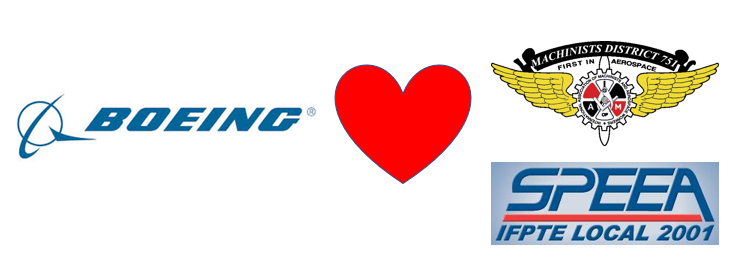
Boeing must be profitable. This is its mission for shareholders, employees, the supply chain, new development, for Washington and other states and for the US economy.
Boeing must then by definition divorce itself from unnecessary costs. Boeing defines SPEEA as an unnecessary cost. SPEEA is in the same position as the IAM in that it must change this reality. The path forward would be a huge lift, it involves some un-union-like thinking in a couple of areas.
Summary:
- Trust, need and profitability.
- Reinventing technicians.
- A strong case for SPEEA.
Restoring operations of the 737 MAX
By Bjorn Fehrm
December 1, 2020, ©. Leeham News: Boeing and its customer airlines have 837 MAX airliners that shall get back in the air. After the FAA and ANAC, Brazil’s regulator, have stated the conditions, the work can begin. EASA and Transport Canada will follow with eventual modifications on what needs to be done.
There can be no slip-ups when the 737 MAX flies again. Boeing and the airlines know this; hence there is no room for hurried work or compromises. It will take two years to get the job done, according to Boeing.
FAA administrator flies MAX in next step to recertification
By Scott Hamilton
Sept. 30, 2020, © Leeham News: Boeing is one step closer to recertifying the 737 MAX.
Steve Dickson, the administrator of the Federal Aviation Administration, fulfilled a pledge this morning to pilot the MAX as one of the final steps in the recertification process.
The MAX was grounded in March 2019 following the second fatal accident of the airplane in five months.
Dickson said he would not recertify the airplane until he piloted it and was satisfied Boeing redesigned the now-infamous MCAS software that triggered events leading to the two crashes.
MAX, 777X certification questions abound at Singapore Airshow
By Judson Rollins
February 13, 2020, © Leeham News: Despite depressed turnout at this year’s Singapore Airshow, there was still plenty of conversation around the return to service for Boeing’s beleaguered 737 MAX – and potential impacts on the certification of the 777X.
Summary
- Ungrounding will take ~30 days from certification flight; operators also have work to do
- Every MAX produced to date will require its own validation flight
- FAA will gradually hand back some oversight to Boeing
- 777X, other future certifications will be different; regulators still figuring out how



